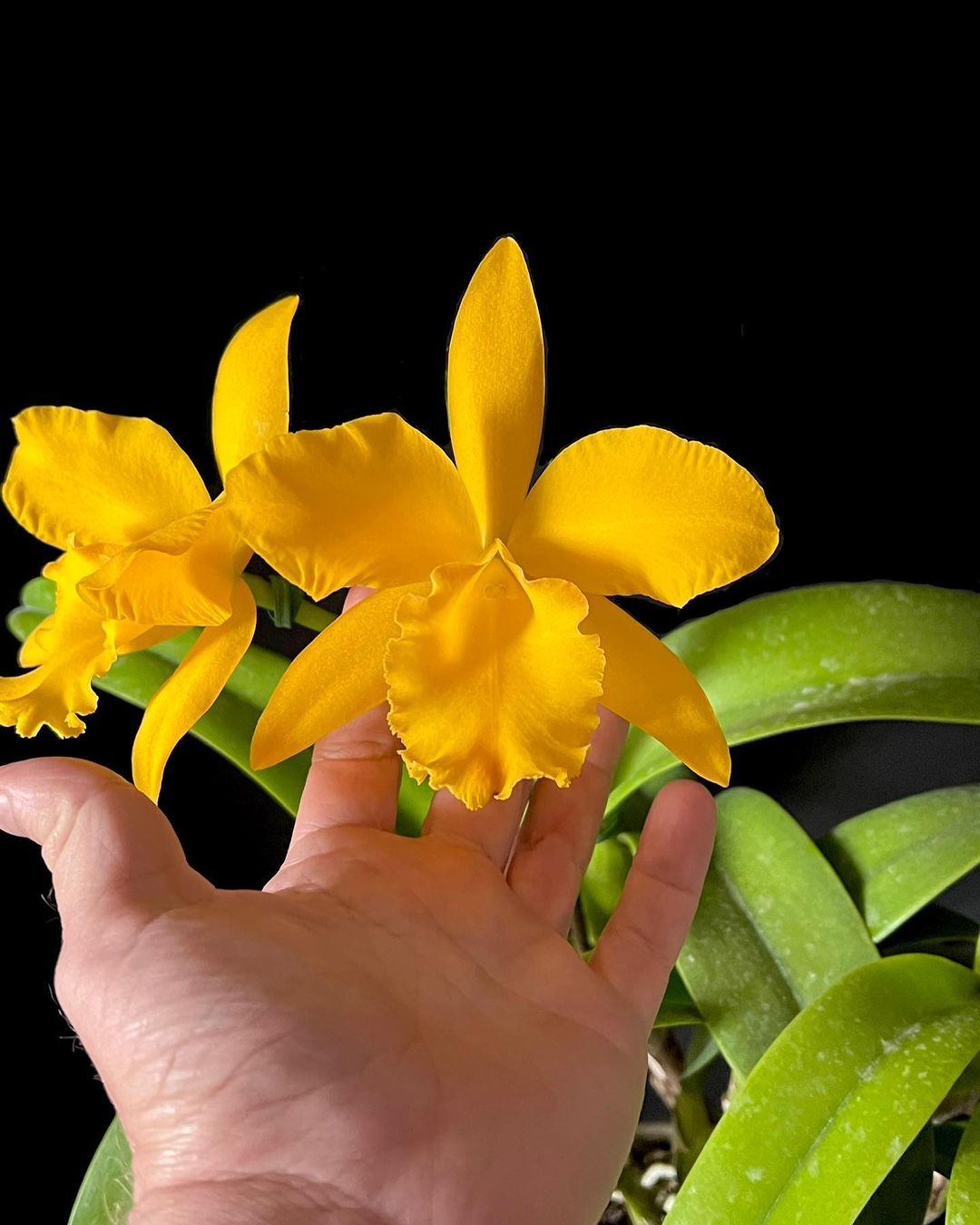Is Broccoli Man Made or a Product of Nature? Find Out the surprising truth behind its origin and unravel the secret of broccoli’s existence.
If you’re wondering, Is Broccoli Man Made or a Product of Nature? Find Out the secret in this detailed post that will surely solve all your confusion related to the origin of this nutritious vegetable.
Discover The Difference Between Tomato Paste and Tomato Sauce
Find Out: Is Broccoli Man Made?

Yes-broccoli is man-made, but don’t worry; it doesn’t mean that it was made in a lab. Also, Broccoli is not changed through science. It grows naturally and is related to other vegetables like kale, cabbage, and cauliflower.
People have been growing broccoli for a long time, and it started in ancient Rome. Farmers have worked to make broccoli taste better, have a nice texture, and look good, but they didn’t change it using genetic engineering. So, you can be sure that broccoli is a safe, healthy, and tasty vegetable that’s good for you to eat.
Fact: The word “broccoli” comes from the Italian word “broccolo,” which means “cabbage sprout.”
Find Is It Safe to Eat Cashew Fruit?
How is Broccoli Produced?
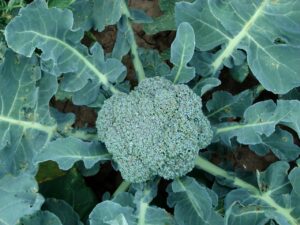
Broccoli, a cultivated variety of the plant species Brassica oleracea, also known as wild cabbage or mustard, undergoes a process of selective breeding to develop desirable traits. This involves cross-pollination and careful selection of individual plants over several generations to create the desired characteristics. The goal is to produce a plant with a large head of tightly clustered flower buds or florets.
Over time, these efforts have transformed broccoli into one of the most popular and widely consumed vegetables worldwide. Its delicious taste and impressive nutritional profile contribute to its popularity.
Find Is It Possible to Grow Durian in California?
What is Selective Breeding? The Process Behind Broccoli is Man Made
Selective breeding, also known as artificial selection, is a process used to grow plants and improve their characteristics.
- Growers carefully select and propagate plants with desirable traits to create an enhanced version of the original plant.
- These traits can include attributes like hardiness, size, flavor, and resistance to pests and diseases.
- To propagate the chosen plants, growers collect seeds from the ones that possess favorable traits.
- Additionally, they may use methods such as grafting, cutting, layering, and other techniques to duplicate the plants.
Fact: Selective breeding of plants is not a recent development. It dates back approximately 10,000 years, when hunter-gatherers first started practicing this cultivation technique.
Selective Breeding and Broccoli
Around 8,000 years ago, farmers began selectively breeding broccoli from wild cabbage plants known as Brassica oleracea.
As the wild cabbage plants grew, gardeners were able to select the best buds. They would replace the less desirable buds with these premium ones, gradually growing larger and more flavorful plants.
It’s important to note that wild cabbage plants are biennial, meaning they produce flowers every other year. Artificial selection does not alter the time it takes for a plant to grow. As a result, using selective breeding to create a new plant species is a lengthy process that requires patience and dedication.
Find Is Pineapple a Berry or Citrus Fruit?
The History of Broccoli
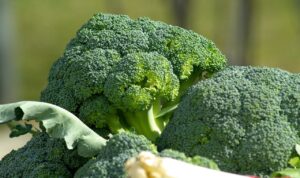
Historians believe that over 2000 years ago, the ancient Etruscans began growing wild cabbage. They farmed in the Italian region now known as Tuscany and were responsible for breeding the earliest species of broccoli and other cruciferous vegetables.
In more recent history, during the 18th century, Italian farmers continued to grow broccoli in this region. They expanded the farming of broccoli beyond Tuscany, shipping the vegetable to England, America, and eventually, the rest of the world.
When broccoli arrived in England in the mid-18th century, it was referred to as Italian asparagus.
Read about Piper Betel (Paan) Care
Broccoli From Italy to America
1. Introduction of Broccoli to America
- In the early 1800s, broccoli was brought to America and grown at Monticello, the residence of Thomas Jefferson.
- Thomas Jefferson, who lived at Monticello, also grew cauliflower alongside broccoli.
2. Slow Popularity in the United States
- Despite Jefferson’s introduction, broccoli did not become popular in the United States right away.
- It wasn’t until the early 1920s that broccoli started gaining popularity in the United States when Italian immigrants brought it with them.
3. Broccoli’s Rise in Popularity
- According to a recent survey by Green Giant, broccoli is considered the favorite vegetable in America today.
4. Broccoli and the Wild Cabbage Family
- Broccoli is not the only vegetable that comes from the wild cabbage of the Mediterranean.
- Variations of the same plant, Brassica oleracea, include cauliflower, kale, collard greens, cabbage, Brussels sprouts, and kohlrabi.
5. New Varieties of Broccoli
- Broccolini, also known as tender stem broccoli, is a hybrid of broccoli and gai lan.
- Romanesco is another type of broccoli that dates back to the 16th century.
Find Black Pepper Plant Growing Zone Tips
Is Broccoli Good For You Despite Man Made
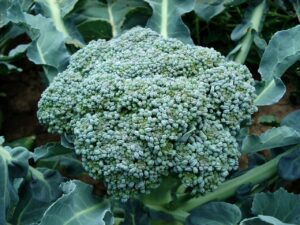
1. Genetically Modified Plants and Concerns
More and more genetically modified plants are being introduced for human consumption, which has raised concerns about their safety. People are interested in knowing the possible negative effects of consuming these artificially modified plants, including broccoli.
2. The Safety of Broccoli
Broccoli is not a genetically modified organism (GMO) created in a laboratory. Instead, it emerged through a process called selective breeding, which makes it simpler to assume that it is 100% safe for consumption.
3. Selective Breeding and Natural Evolution
Selective breeding is a process of plant evolution, not a forced modification of a plant’s DNA. It involves filtering and selecting the best plants throughout multiple harvests to improve their qualities and characteristics. Broccoli went through this selective breeding process to reach its current form.
4. Broccoli’s Place in Selective Breeding
Broccoli, along with other varieties developed from Brassica oleracea, is a man-made plant that has gone through selective breeding. This means that it was carefully chosen and cultivated over time to create the broccoli we know today.
5. Conclusion: Broccoli’s Safety
Considering that broccoli was created through a natural process of selecting and growing the best plants rather than through genetic modification, it is generally considered safe for consumption.
Find How Deep Do Tomato Roots Grow
Nutritional Content and Benefits of Broccoli

Fiber: Broccoli is an excellent source of dietary fiber, which is essential for maintaining a healthy digestive system. Fiber helps promote regular bowel movements, prevents constipation, and supports overall gut health.
Vitamins: Broccoli is rich in essential vitamins such as vitamin C, which boosts the immune system and supports collagen production. It also provides vitamin K for bone health, beta-carotene for vision and cell growth, and B vitamins for energy metabolism and brain function. Including broccoli in your diet can help meet your vitamin needs and promote overall well-being.
Minerals: Broccoli is a good source of minerals such as potassium, calcium, and magnesium. Potassium is important for maintaining proper fluid balance, nerve function, and healthy blood pressure. Calcium is essential for building and maintaining strong bones and teeth, while magnesium is involved in hundreds of biochemical reactions in the body.
Antioxidants: Broccoli contains various antioxidants, including flavonoids, carotenoids, and vitamin C. These antioxidants help neutralize harmful free radicals in the body, reducing oxidative stress and inflammation. They can reduce the risk of chronic diseases, such as heart disease, certain cancers, and age-related macular degeneration.
Tips for Growing Broccoli at Home in Pots
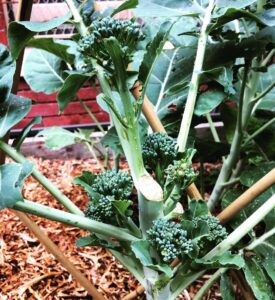
- Select suitable broccoli varieties for your climate and space constraints.
- Start seeds indoors 6-8 weeks before the last frost date. Sow seeds half an inch deep in separate pots.
- Choose an 8-10 inches pot with drainage holes. If growing many plants together, select a big container with the same size and depth suggested above.
- The broccoli seeds will start to germinate and grow within 7-14 days.
- Once they reach a height of 3-7 inches and have four true leaves, you can move them to the pots where you want them to continue growing.
- Select an area that receives 5-6 hours of sunlight, and keep your broccoli plant away from harsh sun or shade.
- Keep the soil evenly moist, and apply organic mulch to conserve moisture.
- Use compost-rich, well-draining soil with 6.0-6.8 pH.
- Fertilize regularly with balanced organic or slow-release granular fertilizer.
- Monitor for pests like aphids and cabbage worms, and use organic pest control methods.
- Practice crop rotation and good garden hygiene to prevent diseases.
- Harvest the central broccoli head when florets are tight and green. It will take 60-80 days after transplantation in a pot or garden.
- Continue harvesting side shoots as they mature to extend the harvest.
Learn Growing Cilantro in Pots
Broccoli Uses
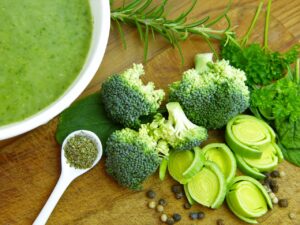
You can try sautéing broccoli with teriyaki chicken for a tasty dish. It’s also delicious when roasted and added to salads. Steamed broccoli pairs well with cheese or chimichurri sauce, and adding fresh herbs can make it even more flavorful. Another option is stir-frying broccoli and serving it with a chili-lime peanut butter sauce for a delicious and satisfying taste.


